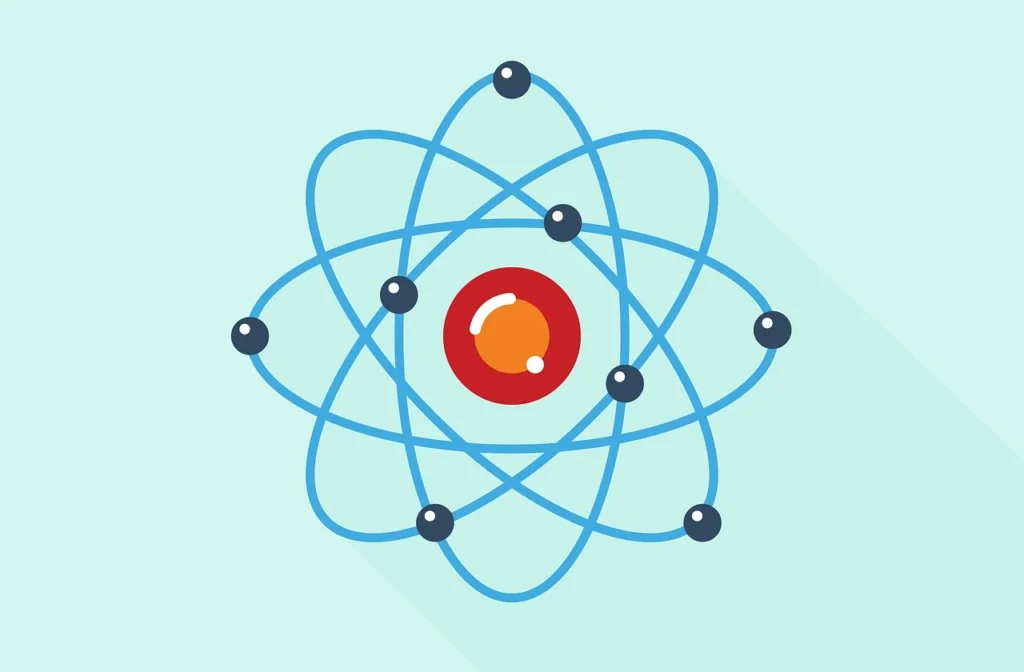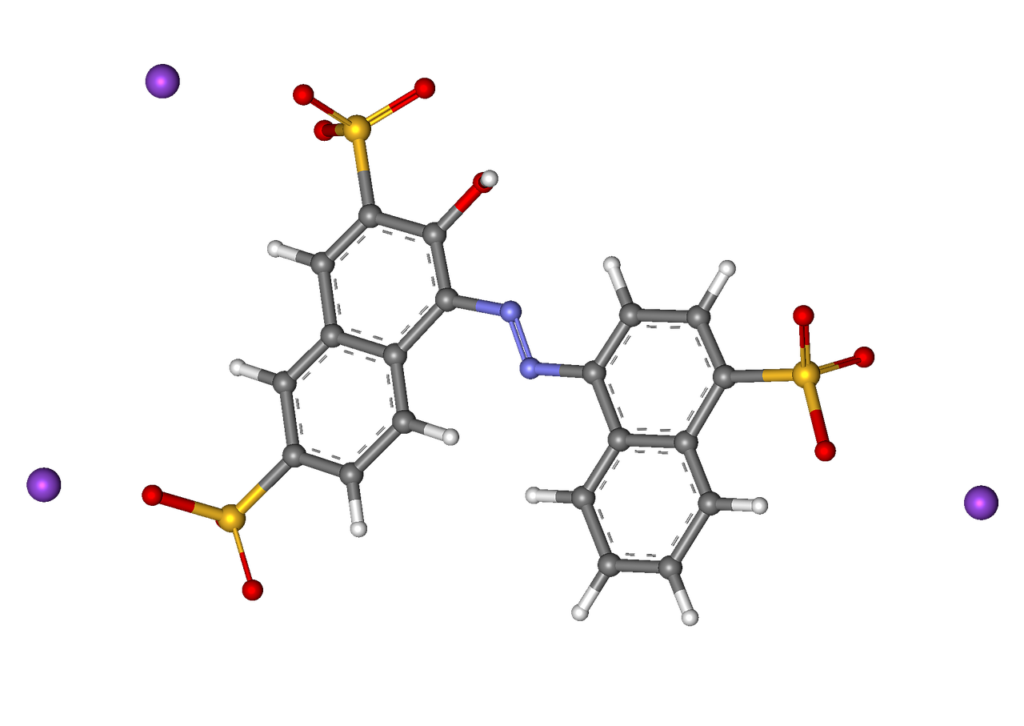When two atoms exchange electrons, oppositely charged ions donates or attracted to one another. This process is called an ionic or electrovalent bond. Low ionisation element loses electrons easily (usually metal) and, the other element (usually the nonmetal) has a high electron attraction and rapidly gets electrons.

Formation of Ionic Bonds
Electrons are transferred from one atom to another to form ionic connections. A sodium (Na) atom gives one of its outer electrons to a chlorine (Cl) atom to generate sodium chloride (NaCl).
Na atomic number of 11and electronic configuration of sodium is 1s22s22p63s1. A positively charged sodium ion (Na+) is produced when sodium loses its lone electron in the 3s orbital, achieving a stability and coming in noble gas state.
Electronic configuration of chlorine is 1s22s22p63s23p5, and atomic number is 17. Chlorine completes its valence shell by taking one electron, producing the negatively charged chloride ion (Cl−). An ionic connection is created when the opposite charges of the Cl− and Na+ ions are drawn to one another.
The bond formed is usually regarded as ionic if the difference in electronegativity between the two elements is larger than 1.7 (on the Pauling scale).
Characteristics of Ionic Compounds
Ionic compounds have a number of unique properties:
1.High Melting and Boiling Points: High melting and boiling points are caused by ionic bonding, which are comparatively strong because of the electrostatic interactions between oppositely charged ions. To overcome these pressures, a lot of energy is required.
2. Hard and Brittle Nature: Ionic substances are brittle and hard. Like-charged ions may align when a force is applied, resulting in repulsion and the rupture of the material.
3. Solubility in Water: Polar solvents, like water, can stabilise ions by encircling them and lowering electrostatic forces, as many ionic compounds are soluble in them. They are frequently insoluble in nonpolar solvents.
4.Electrical Conductivity: Since ions are held in place within the crystal lattice, ionic substances do not conduct electricity when they are solid. Ions, on the other hand, are free to travel and conduct electricity when melted or dissolved in water.
5. Formation of Crystalline Structures: Ionic compounds with regular ion arrangements have a tendency to produce different crystalline forms. This configuration maximises the attraction between oppositely charged ions while minimising repulsive forces.

Factors Affecting Ionic Bond Formation
1. Ionisation Energy: A metal atom with a lower ionisation energy can lose electrons more easily, which promotes the creation of a positive ion. Because of their generally low ionisation energy, elements in Groups 1 and 2 of the periodic table are good candidates for the formation of ionic bonds.
2. Electron Affinity: High electron affinity nonmetals easily take up electrons, which encourages the creation of anions. High electron affinities make elements like chlorine, oxygen, and fluorine more likely to create long-lasting ionic interactions with metals.
3.Lattice Energy: Energy generated when ions unite to form a crystalline lattice is known as the lattice energy. A more stable ionic compound is indicated by a higher lattice energy. Ion size and charge have an impact on it; larger lattice energy is produced by smaller ions and higher charges.
4. Electronegativity Difference: More ionic nature bond has larger the difference in electronegativity between two atoms. Ionic bonds are normally formed by elements with very high electronegativity differences, although polar covalent bonds may be formed by elements with lesser differences.
Examples of Ionic Compounds
Sodium Chloride (NaCl): One of the most prevalent examples are when sodium gives chlorine one electron, producing the ions Na+ and Cl−.

Magnesium Oxide (MgO): Magnesium donate two electrons to oxygen and ions create on them Mg2+ and O2−. Strong ionic bond in this combination gives it a high melting point.
Calcium Fluoride (CaF₂): Ca2+ and F− ions are produced when calcium gives two electrons, one to each fluorine atom.